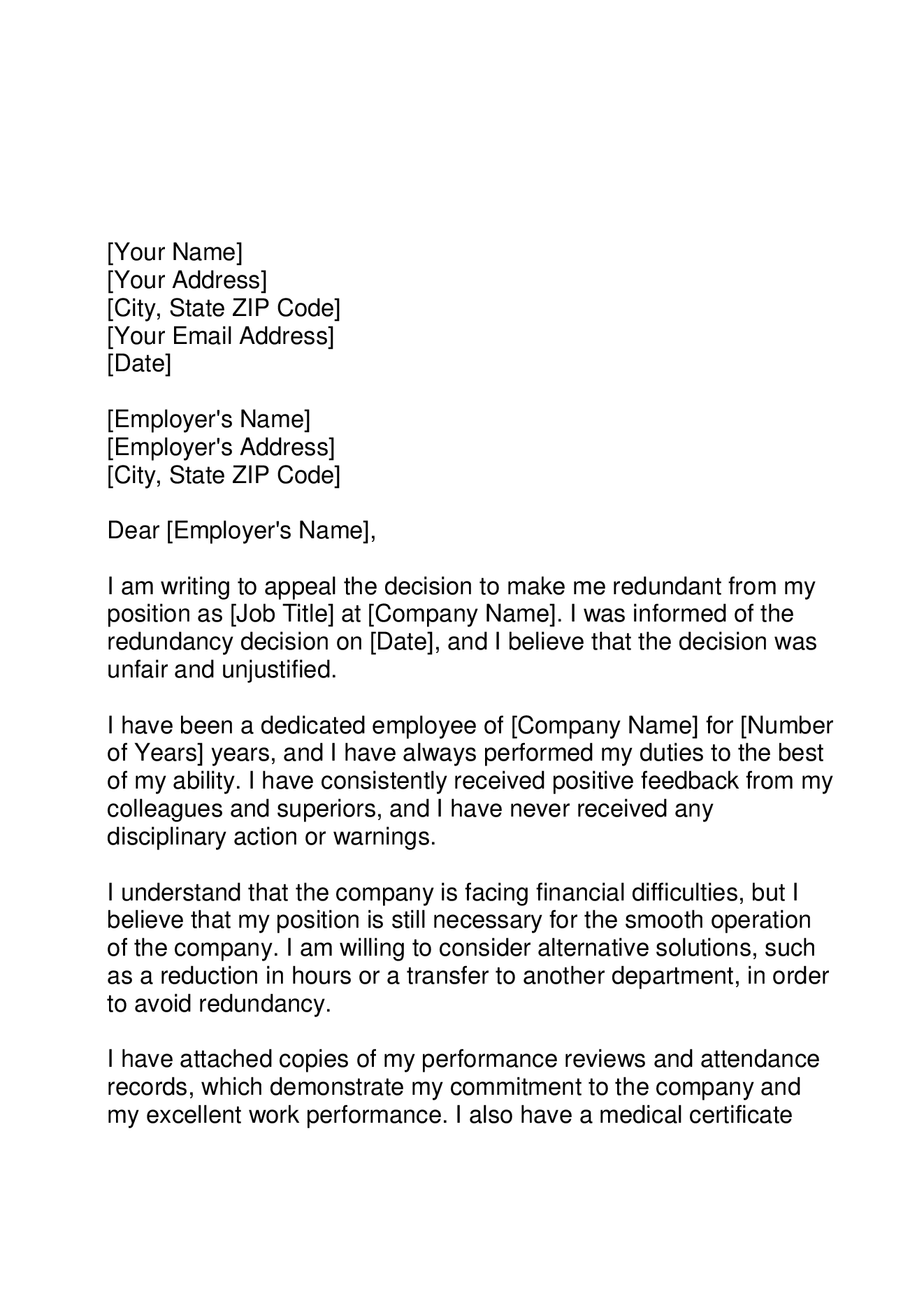Who Pays Redundancy Money? A Thorough Guide for Employers and Employees
Who Pays Redundancy Money? A Thorough Guide for Employers and Employees
Blog Article
Evaluating the Devices of Company Redundancy and Its Influence on Staff Member Morale
The devices behind the decision-making procedures leading to staff member redundancies can have significant impacts on spirits within a company. By exploring the elaborate interaction in between firm scaling down techniques, worker responses, and business strength, a more clear picture arises of the detailed dance between company requirements and human feelings.

Impact of Company Redundancy on Spirits
The significant rise in business redundancies has had an extensive effect on worker spirits in recent months. As companies browse economic difficulties, the decision to scale down or restructure procedures commonly causes enhanced degrees of uncertainty and anxiousness amongst employees. The fear of losing one's task, coupled with the boosted work for remaining staff, can develop a difficult work setting that wets morale.
Workers who witness their colleagues being given up might experience survivor regret, really feeling grateful for their very own placement while likewise facing feelings of unhappiness and instability. This emotional turmoil can adversely influence productivity and interaction, as people struggle to focus among the turmoil.
Furthermore, the absence of openness surrounding the redundancy procedure can further wear down trust fund and confidence in business leadership. if a company goes bust who pays redundancy. When staff members really feel uninformed or ignored during such rough times, their loyalty to the company reduces, and morale plummets
Aspects Causing Company Downsizing
In the middle of financial unpredictabilities, firms typically deal with the tough task of recognizing and addressing crucial variables that demand downsizing their procedures. One significant element resulting in business downsizing is monetary instability. When a business experiences financial difficulties such as declining profits, raising prices, or too much financial debt, scaling down might end up being a needed procedure to make sure the organization's sustainability. Technological improvements likewise play a critical duty in business downsizing. Automation and the adoption of more reliable procedures can cause a minimized requirement for human labor, resulting in labor force decreases. Market changes and changes in customer choices are additional factors that can cause downsizing efforts. Firms need to adapt to evolving market problems to stay affordable, and this often involves restructuring procedures and minimizing workforce dimension. Additionally, mergers and acquisitions can cause redundancies, motivating business to downsize to get rid of overlapping duties and improve operations. On the whole, a combination of financial difficulties, technological changes, market dynamics, and organizational adjustments commonly drive companies in the direction of downsizing as a calculated decision.
Techniques for Alleviating Unfavorable Impacts
Variables leading to business scaling down require the implementation of calculated steps intended at reducing the unfavorable impacts on both the company and its workers. Clear interaction assists staff members comprehend the reasons behind the redundancy, lessens uncertainty, and minimizes anxiety.
Additionally, awarding the commitment and acknowledging and tough work of employees who remain can help maintain motivation and avoid a decline in morale. visit their website By implementing these techniques, business can navigate downsizing with even more concern and mitigate the unfavorable influence on staff member spirits.
Staff Member Strength Among Redundancy
Browsing with periods of redundancy, workers are commonly needed to demonstrate durability when faced with organizational changes. Staff member strength among redundancy refers to the ability of individuals to adjust, deal, and recover from the difficulties positioned by potential work loss. This durability can materialize in various means, such as keeping a positive attitude, looking for out new opportunities, upskilling, and networking to enhance employability.
Resistant workers typically exhibit a development way of thinking, watching obstacles as short-lived and concentrating on knowing and development. They are aggressive in managing their emotions, looking for support when needed, and maintaining a feeling of optimism concerning the future. Furthermore, resistant workers are more probable to embrace adjustment, see it as an opportunity for personal and professional development, and remain fully commited to their profession development in spite of the unpredictability brought about site by redundancy.
Organizations can sustain employee durability via transparent interaction, providing access to sources for upskilling and retraining, using career counseling solutions, and acknowledging and rewarding workers that demonstrate durability throughout challenging times. By promoting a society of resilience, business can aid employees navigate redundancy a lot more effectively and emerge more powerful from the experience.
Structure a Motivated Workforce Post-Redundancy
In the after-effects of business restructuring and employee durability in the middle of redundancy, cultivating a motivated workforce ends up being extremely important for the company's future success and employee wellness. Developing a determined workforce post-redundancy calls for a calculated strategy that concentrates on rebuilding count on, enhancing spirits, and re-engaging staff members. Interaction plays a pivotal role in this process, as clear and open discussion can help employees comprehend the reasons behind the redundancies and the company's vision moving forward.
Offering chances for employee development and growth is another important element of developing an inspired workforce post-redundancy. Providing training programs, mentorship chances, and profession development potential customers can help employees really feel valued and purchased their future within the company - if a company goes bust who pays redundancy. Acknowledging and awarding employees for their payments, specifically during challenging times, can also enhance spirits and motivation

Verdict
To conclude, company redundancy can have a substantial influence on staff member morale, leading to lowered inspiration and task fulfillment. Recognizing the factors that contribute to downsizing and executing methods to reduce unfavorable impacts is critical for maintaining employee resilience during challenging times. By fostering a supportive workplace and giving possibilities for specialist growth, firms can reconstruct an inspired labor force post-redundancy.
The considerable boost in useful reference business redundancies has had a profound influence on staff member spirits in current months. By executing these techniques, companies can navigate scaling down with even more empathy and alleviate the unfavorable impact on employee morale.
In the consequences of organizational restructuring and employee durability amidst redundancy, cultivating a determined labor force ends up being critical for the firm's future success and worker wellness. Communication plays a pivotal duty in this process, as open and clear discussion can assist workers understand the reasons behind the redundancies and the company's vision relocating ahead.
In conclusion, business redundancy can have a considerable impact on staff member morale, leading to lowered motivation and work contentment. (if a company goes bust who pays redundancy)
Report this page